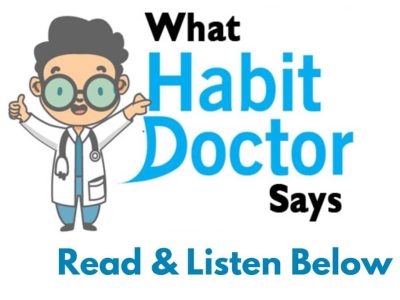There are various ways to think about an individual or an animal. Most people judge people based on their behaviour. Now, Behavior is often thought of in four alternative ways per Niko Tinbergen. Back in 1963, Niko Tinbergen, who would win a Nobel Prize a decade later, wrote a classic paper entitled “On Aims and Methods in Ethology.” Tinbergen distinguished among four different types of explanations when coping with behaviour: (1) proximate explanations, (2) developmental explanations, (3) natural selection explanations, and (4) phylogenetic explanations. Proximate explanations address the immediate mechanism that precipitated a specific behaviour. Developmental explanations tell us how a behaviour occurred over the course of the organism’s lifetime. Natural selection explanations describe how survival and other evolutionary processes interact to shape behaviour—Tinbergen, quoting others, refers to this as “survival value explanations.” Phylogenetic explanations look into a species’ evolutionary history and explain where, during this evolutionary history, the behaviour in question first appeared. As an example, let’s inspect a case study that uses evolutionary and phylogenetic approaches to review mating behaviour, and especially, monogamous versus polygynous behaviour.
The family of birds referred to as Acrocephaline warblers includes species whose mating systems vary from monogamous to polygynous. In monogamous systems, monogamous males provide far more food to chicks than do polygynous males. Bernd Leisler and his teams used molecular genetic data to create a phylogeny of seventeen Acrocephaline warbler species. At the same time, they gathered together published data on habitat quality, parental care, and mating system (monogamous versus polygynous) in warblers.
Leisler found a powerful correlation between the mating system and habitat quality. Most monogamous systems were found in indigent habitats, and most polygynous systems were found in a better environment. Males were far more likely to supply significant parental care to developing chicks in poor habitats, probably because it takes two parents to collect up enough food to feed developing chicks. Here we see a natural selection explanation—habitat quality creates selection pressures that shape mating systems and parental care.
Leisler and his team’s phylogenetic analysis also examined which sort of mating system—monogamy with male parental care or polygamy with reduced male parental care—came first. This analysis found that in Acrocephaline warblers, a monogamous system, during which males displayed parental care and therefore the birds lived in poor habitats, was the ancestral (original) state of the system. Polygynous systems with reduced care evolved from this ancestral state.
Now we are able to combine the natural selection and phylogenetic explanations to colour the subsequent picture: in warblers, it appears that, through evolutionary time, some species began inhabiting better-quality habitats. Once this occurred, and it had been possible for chicks to receive enough food from one parent, males were free of parental care duties and therefore the evolution of polygyny was facilitated.
There are actually thousands of studies in animal behaviour that check out one, two, three or maybe all four explanations suggested by Tinbergen.
Get in touch with Living In Wellbeing for more assistance.



Your blog is like an oasis of health knowledge in the arid landscape of misinformation. Each post is a life-saving well of wisdom